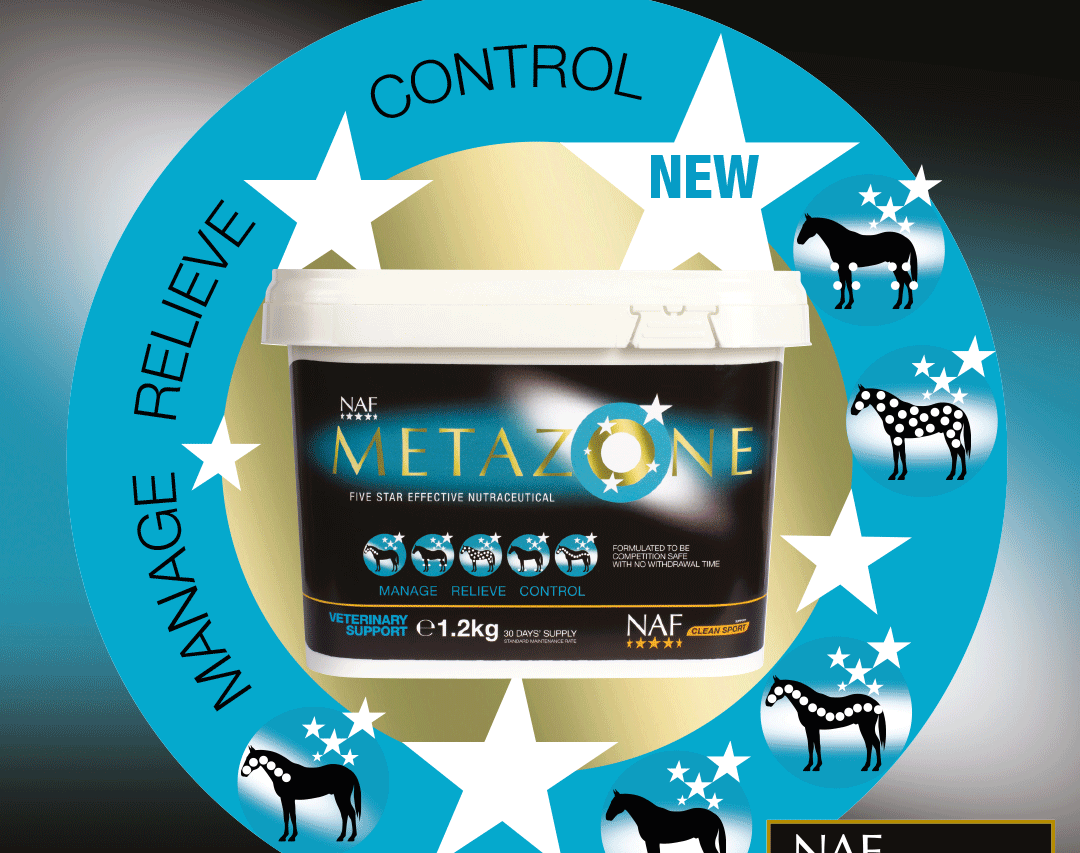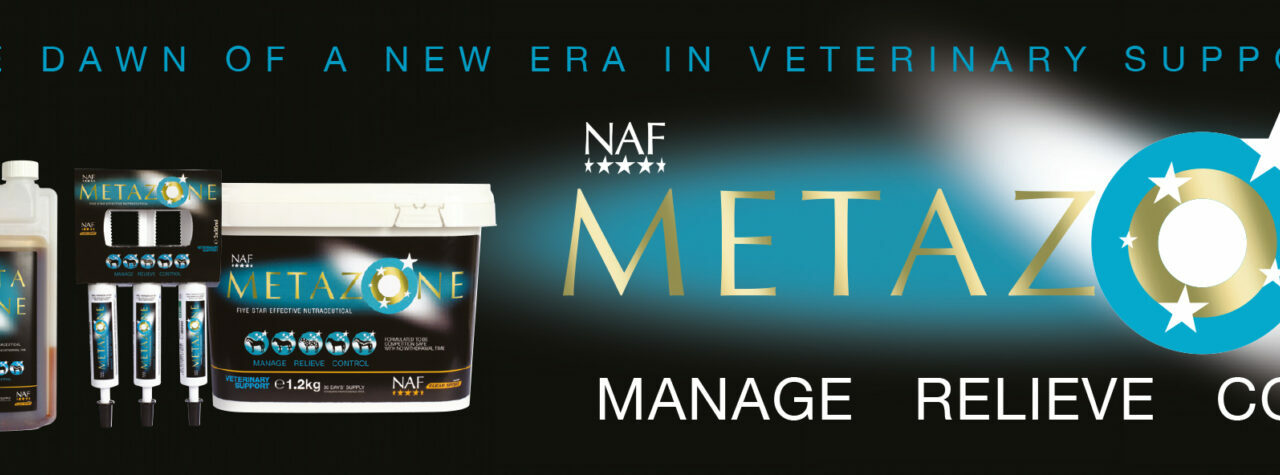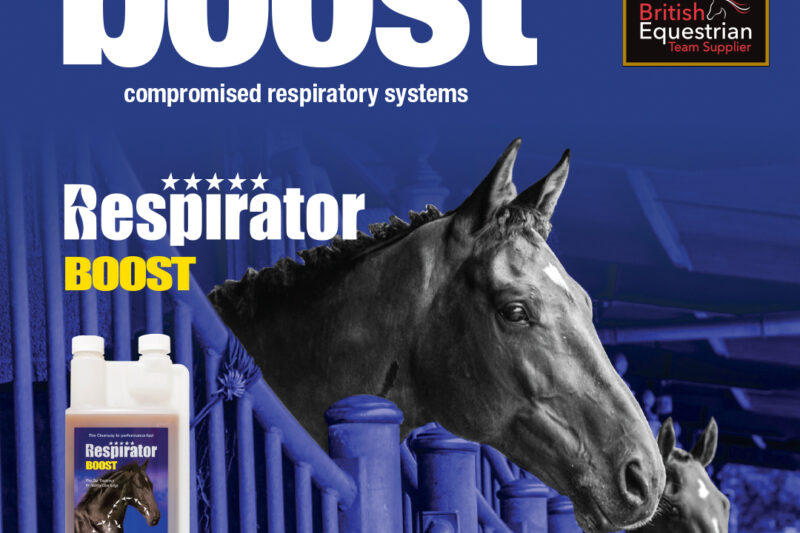Posted on 29 March 2023
by jess


As horse owners, indeed owners of any animals, we all have a legal commitment to uphold their Five Essential Freedoms, which include freedom from pain.
However in order to manage, and maintain, their comfort levels we must first be able to identify signs and behaviours that suggest all is not as it should be. In people it is much easier, as we can say what we’re feeling, but in our animals – and horses particularly – it comes from careful observation.
What is normal behaviour?
In order to recognize key changes, it is first useful to know what is normal.
Horses are herbivores – grazing animals that originally lived in herds and relied on flight as their primary method of defence against predators. To evade predators, they relied on being extremely alert and living in groups of animals for mutual protection. Aggression between one another in these groups is minimal and mild, primarily based on subtle communication cues and displays of ritual. This was helped by herds having a well-defined dominance hierarchy.
In order to survive on poor quality grassland, the horse’s gut has developed to accommodate many hours of trickle feeding roughage with a low energy value. Horses would continually be on the move to seek out new areas of grazing.
Domestication of horses has required them to adapt, however many of their natural behaviours remain which is an important factor in helping us recognise when they may be in pain. For example, horses will raise their head often whilst eating from the floor, even when in the box, probably to allow a better line of sight to detect predators. In feral horses, pawing at the ground is used as a method to expose the roots of plants, where nutrients are more concentrated. A natural resting position for the horse is with their head lowered but ears forward or to the side. They will often rest one hindlimb and at the end of a resting period they may yawn or stretch. When they’re not resting or feeding, horses tend to be alert or on the move.
If your horse is showing behaviours different from their norm, then it is worth asking yourself why and what they might be trying to tell you. It may not be as simple as compromised movement, but may include challenges from their digestive system, skin stress, allergenic triggers, seasonal issues – there is really a wide range of issues where freedom from pain is an important consideration in equine welfare.
Signs they need to get in the Metazone
NEW NAF Five Star Metazone is an innovative, evidence-based, nutraceutical from NAF that targets the support of natural anti-inflammatory pathways in all horses and ponies. The unique herbal complex of Metazone works in synergy wherever those triggers occur within the system, to ensure we maintain freedom from pain in our horses and ponies.
Independently Trialled, Metazone has been robustly trialled by equine researchers at The Royal Agricultural University, Cirencester in a blinded, cross-over designed trial, and assessed by a panel of external vets.
Real results research also includes trials with leading riders and racehorse trainers, who have all seen the benefit of getting their horses ‘in the Metazone’.
Metazone is available in palatable powder, fast-acting liquid or instant use syringe, and is being launched with an introductory trial offer of 20% off RRP.
Get your horse in the Metazone this Spring.


